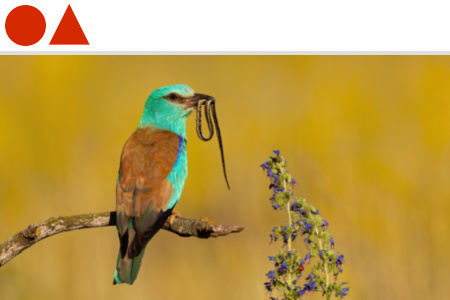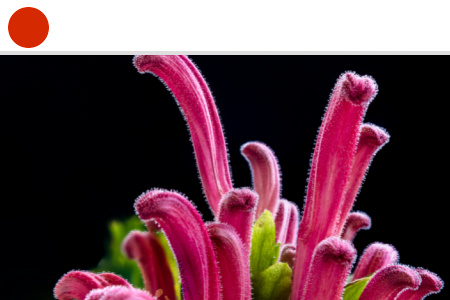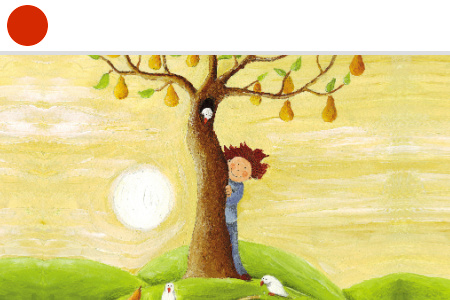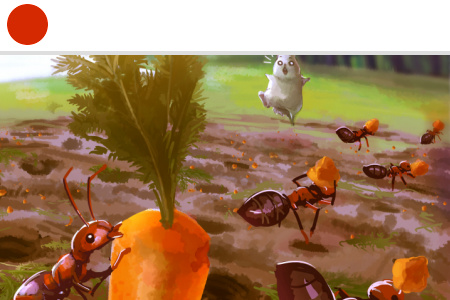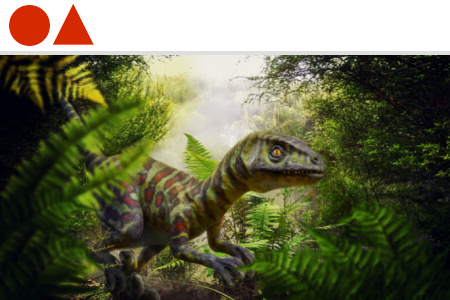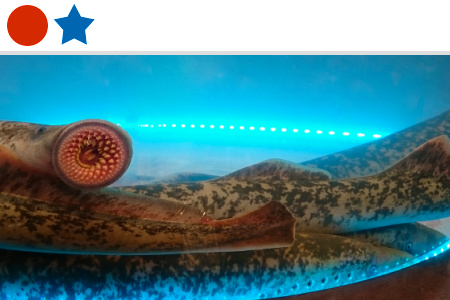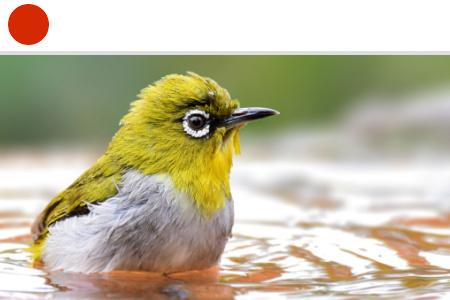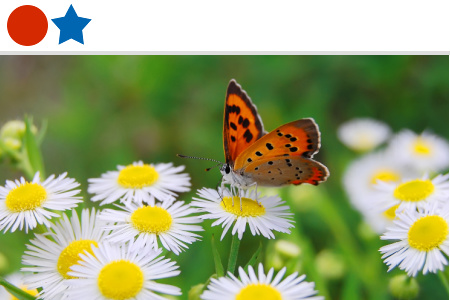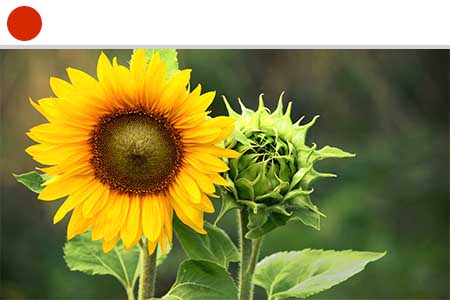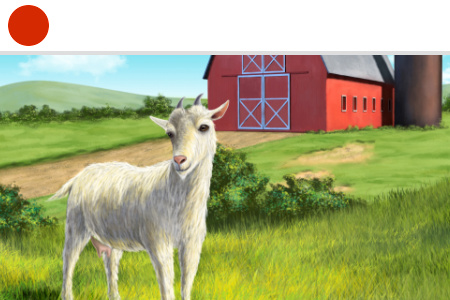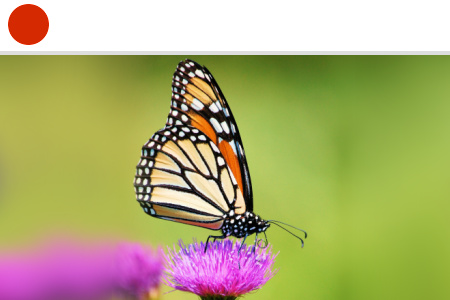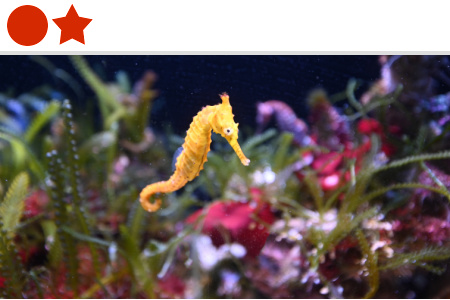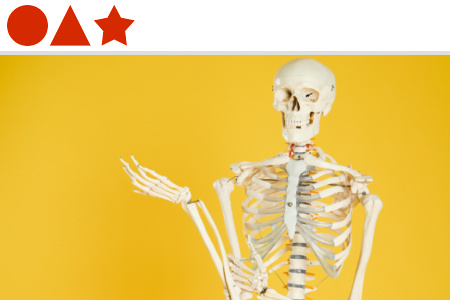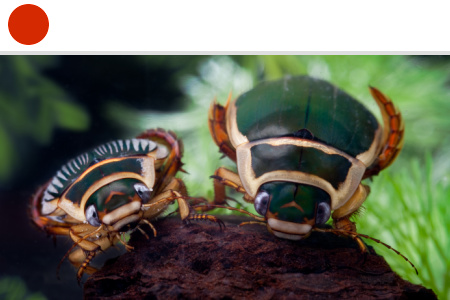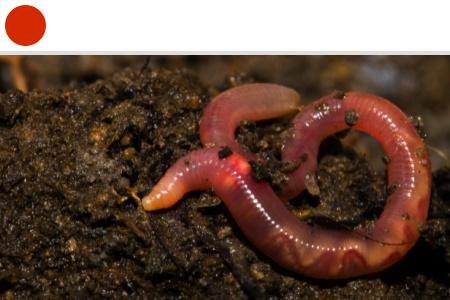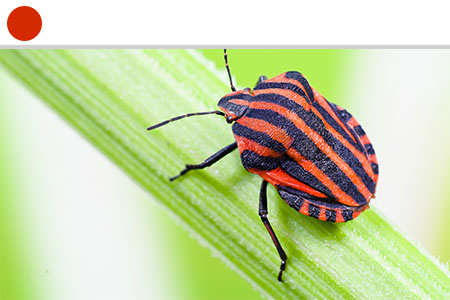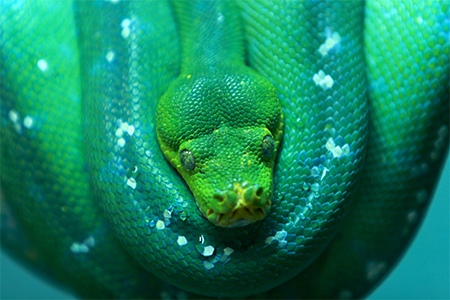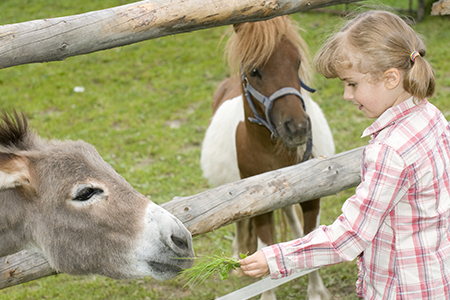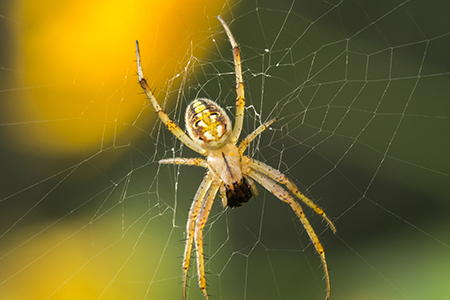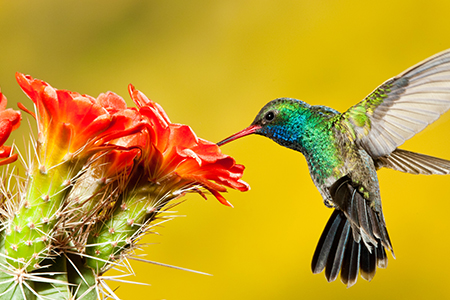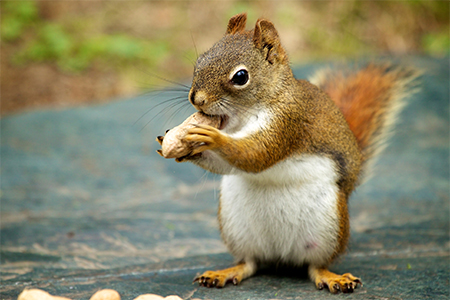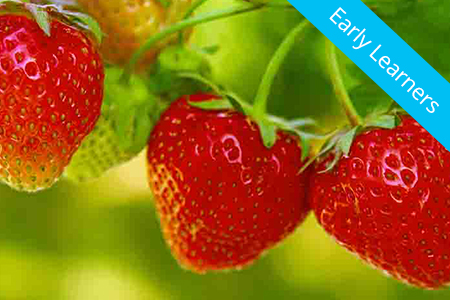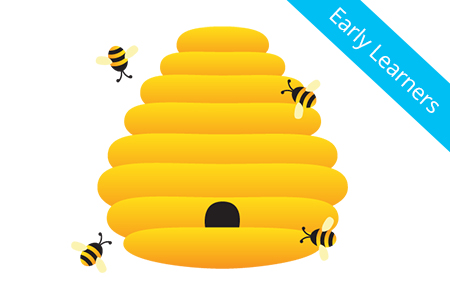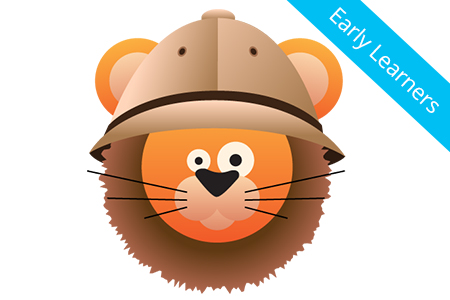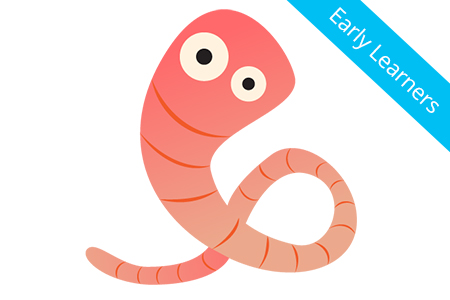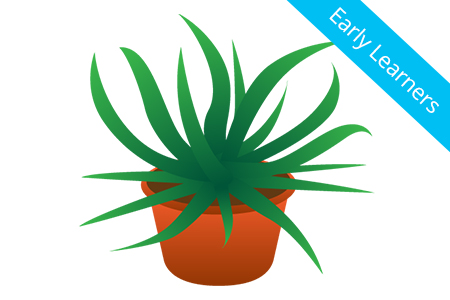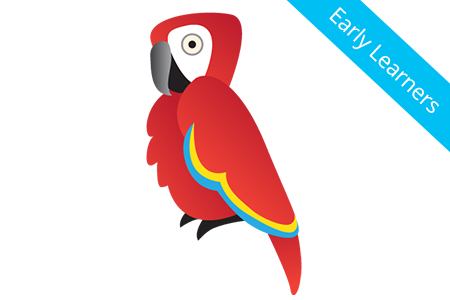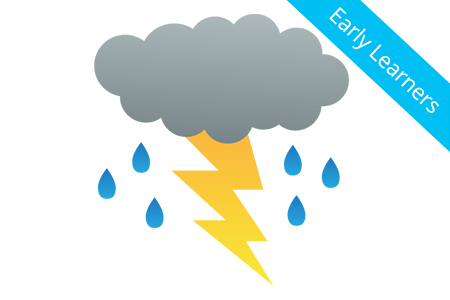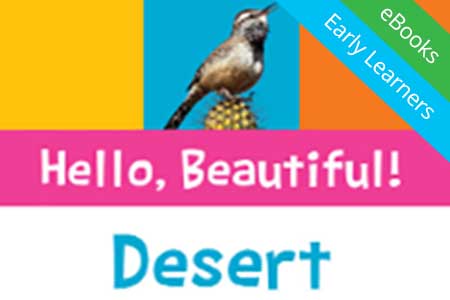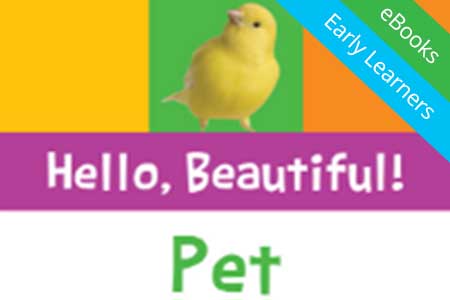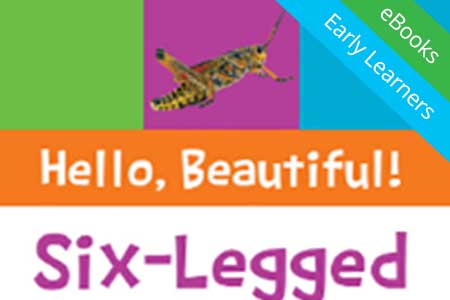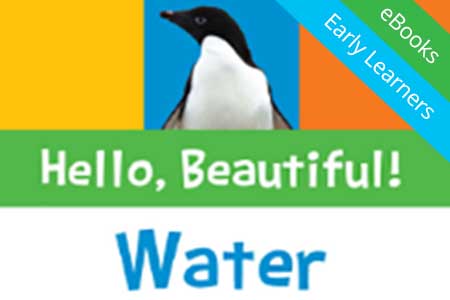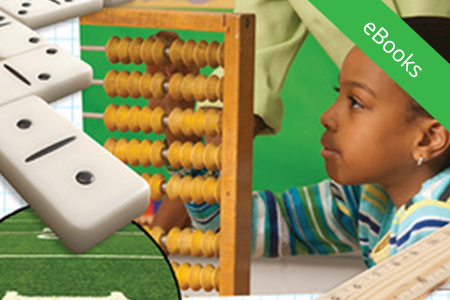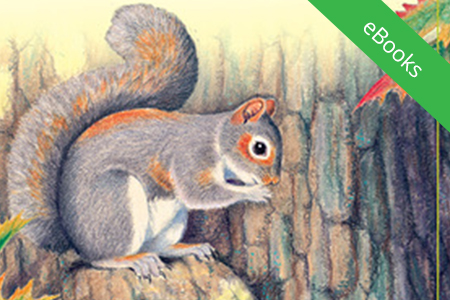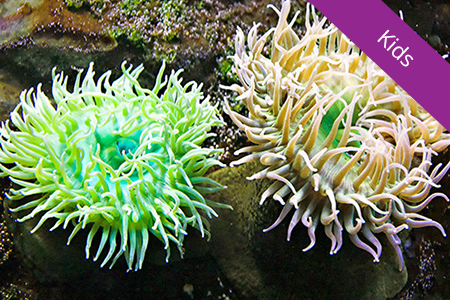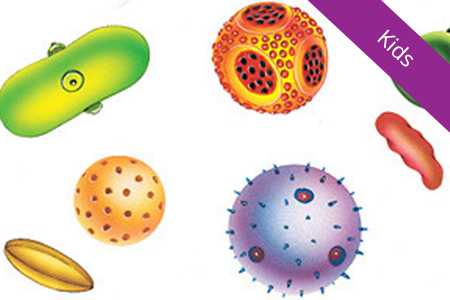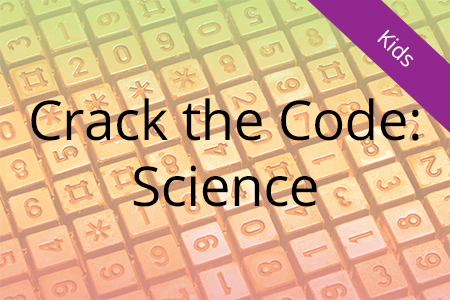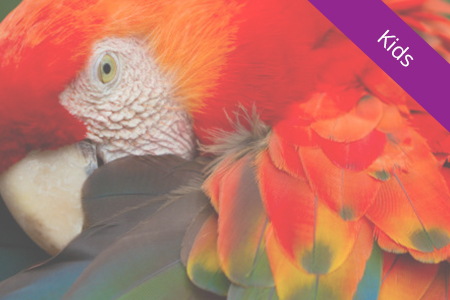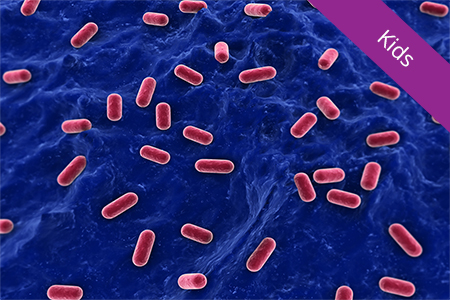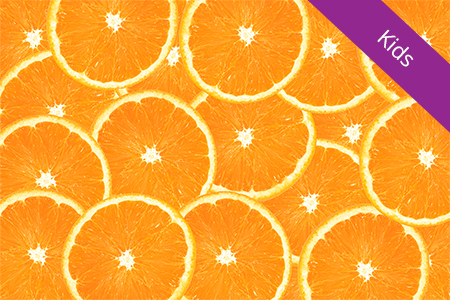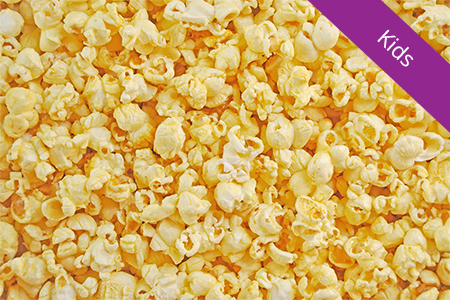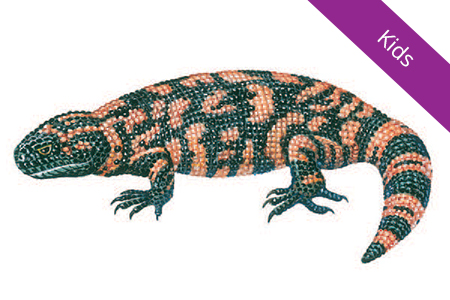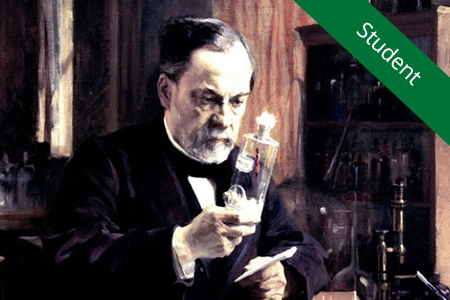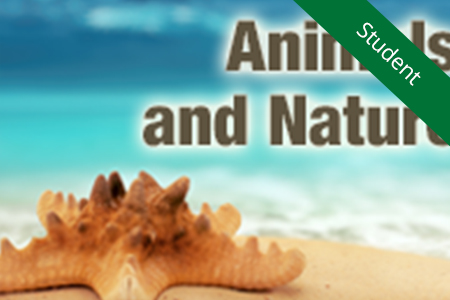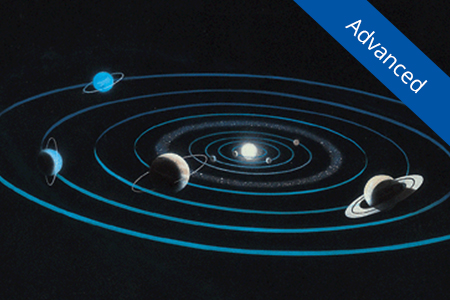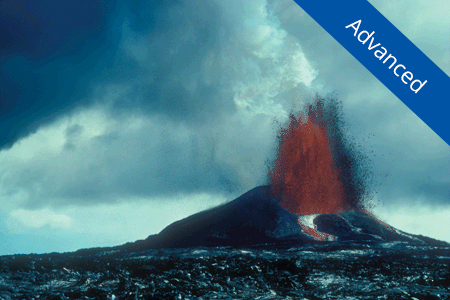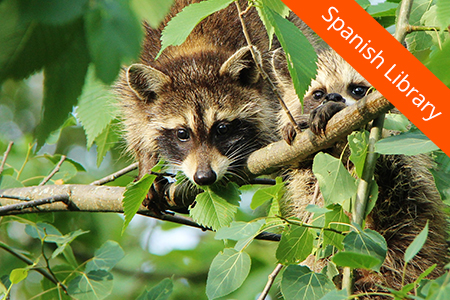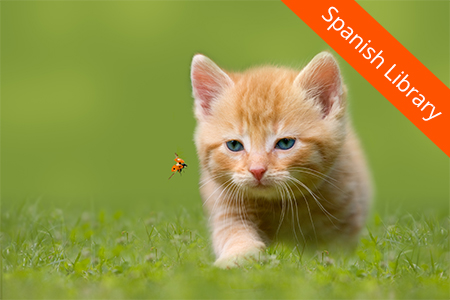Homeschool Science Curriculum
Whether you have one child or ten, a child in preschool or a child in high school, a child who loves chemistry or a child who loves bugs, you will find a science course to pique their interests. Students will explore, experiment, learn, and create. They can build towers, travel to outer space, explore the barnyard, go back in time to the dinosaurs, and more. A wide range of activities is available, depending on the course chosen, along with a variety of teaching methods, including printable text, video instruction, worksheets, experiments, and tests and quizzes.
Please use the key below to see what components a class includes. Please note: the class will contain a combination of the components listed.
Browse All Science Courses
Browse All Science Unit Studies
Browse All Science Resources from World Book
Quick Links: Science Curriculum by Grade Level
- Charlotte Mason Preschool: Go to lessons or read more.
- Creation, Nature, and You: Go to lessons or read more.
- Everyday Astronomy: Go to lessons or read more.
- Exploring God’s World with Kindergarten Science: Go to lessons or read more.
- God’s Beautiful Creatures: Go to lessons or read more.
- Having Fun with Kindergarten Science: Go to lessons or read more.
- Manners and Healthy Habits for Preschool: Go to lessons or read more.
- Small World Sensory Science: Go to lessons or read more.
- A World of Animals: Go to lessons or read more.
- All About Animals: Go to lessons or read more.
- Creation, Nature, and You: Go to lessons or read more.
- Curious Science: Go to lessons or read more.
- Daily Discoveries: Go to lessons or read more.
- Dinosaurs and the Bible: Go to lessons or read more.
- Discovering Disgusting Creatures: Go to lessons or read more.
- Everyday Astronomy: Go to lessons or read more.
- Experiencing Weather: Go to lessons or read more.
- Exploring God’s World with First Grade Science: Go to lessons or read more.
- Exploring God’s World with Second Grade Science: Go to lessons or read more.
- Exploring God’s World with Third Grade Science: Go to lessons or read more.
- Exploring God’s World with Fourth Grade Science: Go to lessons or read more.
- Exploring God’s World with Fifth Grade Science: Go to lessons or read more.
- Fun with Gravity and Climate: Go to lessons or read more.
- Fun with Science: Go to lessons or read more.
- Geology: Go to lessons or read more.
- God’s Beautiful Creatures: Go to lessons or read more.
- Having Fun with Kindergarten Science: Go to lessons or read more.
- Introduction to Life Science: Go to lessons or read more.
- Introduction to Physical Science: Go to lessons or read more.
- Introduction to Physics: Middle School: Go to lessons or read more.
- Lapbooking Through Science: Go to lessons or read more.
- Let’s Do Science Outside: Go to lessons or read more.
- Nature/Outdoors: Go to lessons or read more.
- Science All Around Us: Go to lessons or read more.
- Science Experiments with Jason Lindsey : Go to lessons or read more.
- Science Experiments with World Book: Go to lessons or read more.
- Science of Our Planet: Go to lessons or read more.
- Scientists A–Z: Go to lessons or read more.
- Tinkers’ Club: Go to lessons or read more.
- Weird and Wonderful World of Worms: Go to lessons or read more.
- Wonderful World of Bugs: Go to lessons or read more.
- Wondrous Weather: Go to lessons or read more.
These unit studies may be found in Science Unit Studies.
- Invisible to the Eye – Animals in Disguise (1st-3rd) by World Book
- Creation Club Science (2nd-6th): by David Rives and Kally Horn
- Diet Pop and Mentos (3rd-6th): fun experiment by Dr. Jay L. Wile
- Earth’s Scary Animals (3rd-5th) by World Book
- True or False? The Human Body (3rd-5th) by World Book
- Introduction to Human Body Systems (3rd-5th): by various authors Introduction to Mixtures and Solutions (4th-6th): by various authors
- True or False? Inventions (3rd-5th) by World Book
- Learning About Animals (4th-5th): by World Book
- Learning About the Sun, Moon, Planets, and Stars (4th-5th): by World Book
- Nature’s Places (1st-2nd): by World Book
- Terrific Trees (1st-2nd): by World Book
- Let’s Be Scientists (2nd-5th): a simple introduction to earth science, chemistry, and anatomy with experiments by The Old Schoolhouse®
- Light Studies (1st-5th) by Suzanne Shera/Lightlab
- Animal Lives – Mammals (3rd-5th): by World Book
- True or False? Mammals (3rd-5th) by World Book
- Natural Disasters (3rd-5th) by World Book
- Oceanography: Voyage Into a Marvelous World of Creation (Parents/Family) by The Old Schoolhouse®
- Real Hummers (3rd-6th): study of hummingbirds and their design by Jeannie Fulbright
- Sensational Sunflowers (3rd-6th): flower study and science lab by Stephanie Ruby
- Shocking Truth About Electricity (4th-6th) by David M. Jones
- Simple Machines (1st–3rd) by Sheila Chairvolotti
- Story of Energy (3rd-6th) by Bonnie Rose Hudson/WriteBonnieRose
- Understanding Light (3rd-6th): introduction to the science of light and thermal imaging with experiments by David M. Jones and John Grunder
- Silly School Songs (1st-5th) by Stephanie Rich and family
- Watersheds and the Water Cycle (2nd-4th): by various authors
- Weather (1st-2nd): by World Book
- True or False? Weird Plants (3rd-5th) by World Book
- What Living Things Need (1st-2nd): by World Book
- Animal Science: Go to lessons or read more.
- Botany: Plant Science and Field Studies: Go to lessons or read more.
- Chemistry: All Things Matter: Go to lessons or read more.
- Chemistry Help: Go to lessons or read more.
- Daily Discoveries: Go to lessons or read more.
- Dinosaurs and the Bible: Go to lessons or read more.
- Discovering Disgusting Creatures: Go to lessons or read more.
- Earth Science: Go to Lessons Semester One, Lessons Semester Two, or read more.
- Everyday Astronomy: Go to lessons or read more.
- Exploring God’s World with Sixth Grade Science: Go to lessons or read more.
- Geology: Go to lessons or read more.
- Introduction to Life Science: Go to lessons or read more.
- Introduction to Physics: Middle School: Go to lessons or read more.
- Nature/Outdoors: Go to lessons or read more.
- Physical Science: Go to lessons or read more.
- Red Wagon General Science for Middle School: Go to lessons or read more.
- Red Wagon Physical Science for Middle School: Go to lessons or read more.
- Scientists A–Z: Go to lessons or read more.
- Tinkers’ Club: Go to lessons or read more.
- Wonderful World of Bugs: Go to lessons or read more.
These unit studies may be found in Science Unit Studies.
- Creation Club Science (2nd-6th): by David Rives and Kally Horn
- Introduction to Mixtures and Solutions (4th-6th): by various authors
- Real Hummers (3rd-6th): study of hummingbirds and their design by Jeannie Fulbright
- Shocking Truth About Electricity (4th-6th) by David M. Jones
- Understanding Light (3rd-6th): Introduction to the science of light and thermal imaging with experiments by David M. Jones and John Grunder
- Advanced Chemistry: Go to Lessons Semester One, Lessons Semester Two, or read more.
- Anatomy & Physiology: Go to lessons or read more.
- Animal Science: Go to lessons or read more.
- Botany: Plant Science and Field Studies: Go to lessons or read more.
- Chemistry Help: Go to lessons or read more.
- Earth Science: Go to Lessons Semester One, Lessons Semester Two, or read more.
- Everyday Astronomy: Go to lessons or read more.
- Friendly Anatomy: Go to lessons or read more.
- Friendly Chemistry: Go to lessons or read more.
- General Biology by Core Academy: Go to lessons or read more.
- Geology: Go to lessons or read more.
- Life Science: Go to lessons or read more.
- Physical Science: Go to lessons or read more.
- Physics (High School): Go to lessons or read more.
- Red Wagon Biology for High School: Go to lessons or read more.
- Red Wagon Chemistry for High School: Go to lessons or read more.
- Red Wagon Human Body for High School: Go to lessons or read more.
- Red Wagon Marine Biology for High School: Go to lessons or read more.
- Red Wagon Physics for High School: Go to lessons or read more.
These unit studies may be found in Science Unit Studies.
- Creative Nature Study (Parents/Family) by The Old Schoolhouse®
- Oceanography: Voyage Into a Marvelous World of Creation (Parents/Family) by The Old Schoolhouse®
- Out of This World (Parents/Family) by The Old Schoolhouse®






